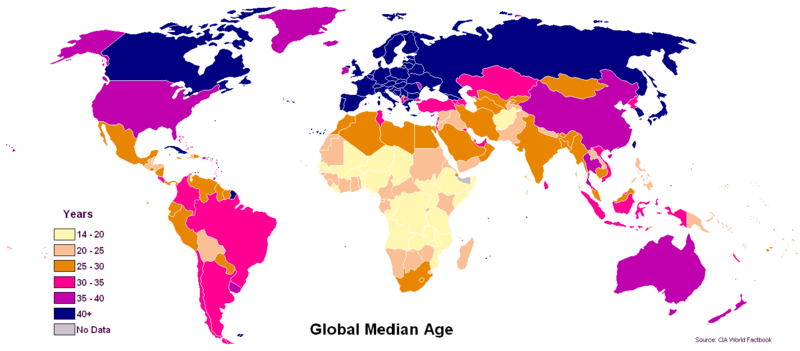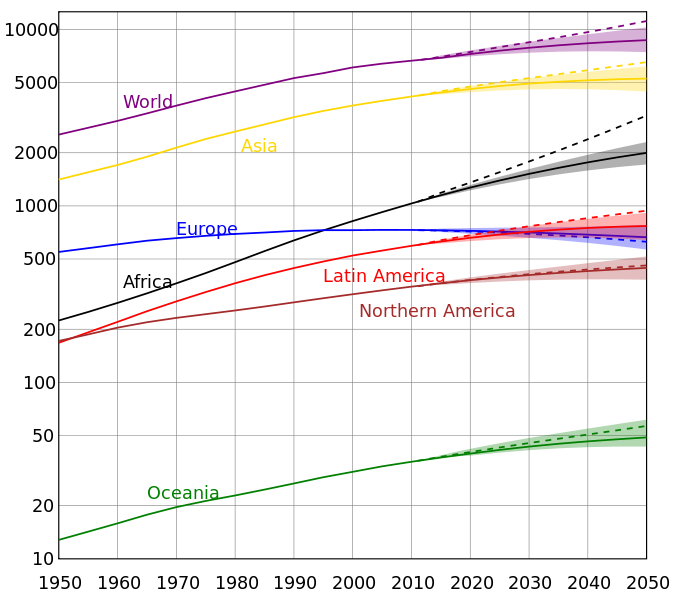In early August 2014 Stats SA released the annual population estimates for South Africa. The report made for interesting reading, especially when our demographic information is positioned against that of the major developed economies of the European Union and the United States.
The TomorrowToday team tracks trends impacting the future world of work and categorise them with the acronym TIDES.
T – Technology
I – Institutional Changes
D – Demographics
E – Environment and Ethics
S – Social Values
Demographics is one of the areas which give us insight into the future world of work as it drives change through the present into the near- to mid-term world of work.
RSA Stats
Some of the key points in the report:
- For 2014, Statistics South Africa (Stats SA) estimates the mid-year population as 54 million.
- About 30,0% of the population is aged younger than 15 years and approximately 8,4% (4,54 million) is 60 years or older.
- Life expectancy at birth for 2014 is estimated at 59,1 years for males and 63,1 years for females.
- The estimated overall HIV prevalence rate is approximately 10,2% of the total South African population. The total number of people living with HIV is estimated at approximately 5,51 million in 2014. For adults aged 15–49 years, an estimated 16,8% of the population is HIV positive.
The key take out point is that South Africa’s population is growing, and getting younger. As the table below shows for the past 5 years we have had 2 births for every death, with the number of births steadily increasing and the number of deaths steadily decreasing.
South Africans have long held that HIV / AIDS is a scourge that would decimate our working population, and with the damage done to HIV treatment by the Ministry of health under Thabo Mbeki it has been expected that our numbers would continue to expand. The table above shows that deaths attributable to HIV / AIDS have, in fact, decreased over the past 5 years. However, the prevalence and incidence numbers are enlightening. Prevalence considers “How many people have this disease right now?” and incidence “How many people per year newly acquire this disease?”
The incidence numbers show a steady decline in the number of new infection each year. We also see a relatively rapid decline in the number of sexually active youth with HIV. The telling numbers are the increase in infections amongst the adult population, especially women. Leading to a steady increase in absolute numbers of HIV infections in RSA.
The HIV numbers seem to be counter-intuitive as it is the adults who are acting irresponsibly and driving up the infection numbers. Youth, who are generally assumed to be less responsible, are in fact less likely to be infected.
These data are significant as they relate to the future world of work because as we compare South Africa’s rising youth numbers to the rising old age numbers in the EU and USA the fact that we have healthier youth than adults exacerbates the trend fracture point.
South Africa’s population is getting increasingly younger, as is true for most of Africa. By contrast the developed world economies are getting increasingly older. This means that the future workplace in South Africa will be dominated by youth while the future workplace in EU, North America, and Oceania will be filled with older workers.
The Global Median Age for the world is 28.4 yrs old. Most of Africa falls below this number and most of the developed nations significantly above this. Median age is the age that divides a population into two numerically equal groups – that is, half the people are younger than this age and half are older. It is a single index that summarizes the age distribution of a population. The country in the world with the youngest population is Uganda with a median age of 15, while Monaco by contrast is 48.9 more than three times the number for Uganda.
In the future world of work developed nations will have to outsource work, requiring more than just knowledge and experience, to countries that have a workforce that is physically able to do the work. This will not only be about cost, but availability of human resources. Africa and India will be the wells on which the world has to draw, not China, which has similar ageing demographics to other developed economies.
South Africa is also the BRICS country with the youngest population, and along with India, is the only one within the group that has a median age below the global median age.
As we consider the growth of the global population Africa is the only region in the world that is expected to continue growing over the next forty years. Thirty years ago this would have been information that would raise fear because of fear of over-population of the globe. But now, as we consider the population trends that indicate decline in all other areas we can reframe Africa’s growth and see it as the hub of the future global workforce. South Africa as the second largest, and arguably most developed, economy on the continent stands to be one of the greatest beneficiaries of this shift in the years to come.
Sources:
http://en.wikipedia.org/wiki/File:Median_age.png
http://en.wikipedia.org/wiki/File:World_population_(UN).svg
http://en.wikipedia.org/wiki/Prevalence
http://en.wikipedia.org/wiki/List_of_countries_by_median_age
StatsSA: Mid-year population estimates2014








As a youth practitioner who spends a fair amount of time creating growth opportunities for young people, this info helps me to understand that my role is growing in importance and that I need to understand more of the “digital natives” world and their future role – especially in Africa.
Thanks for your work in presenting these findings.
Denis